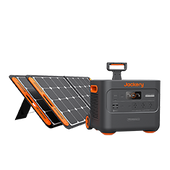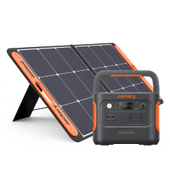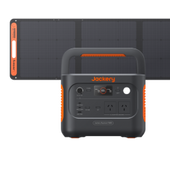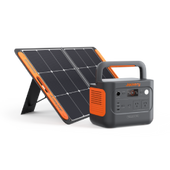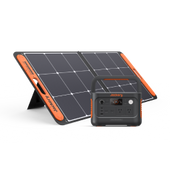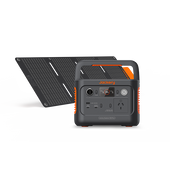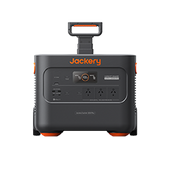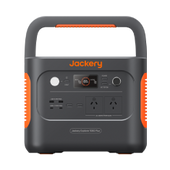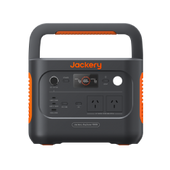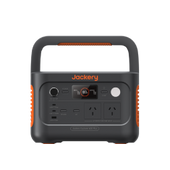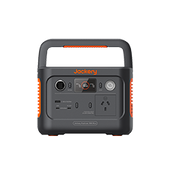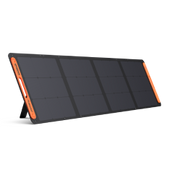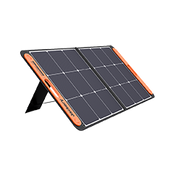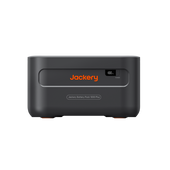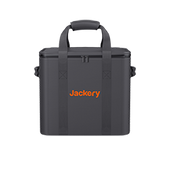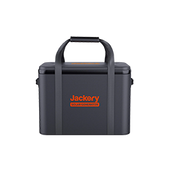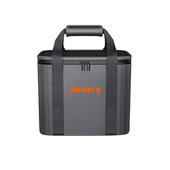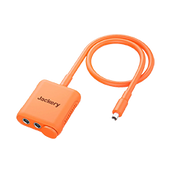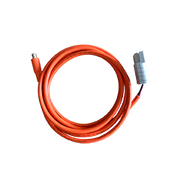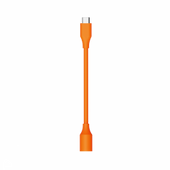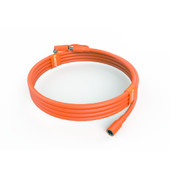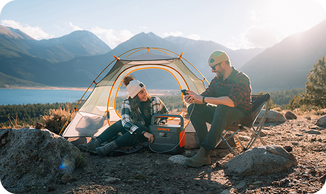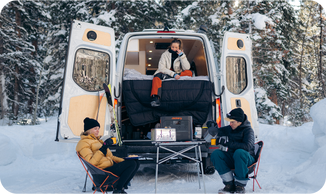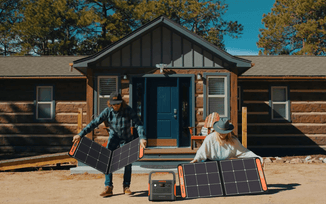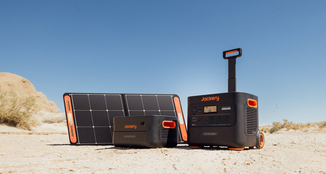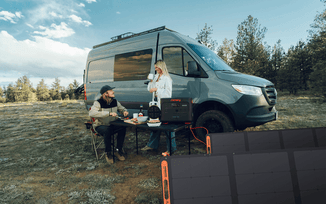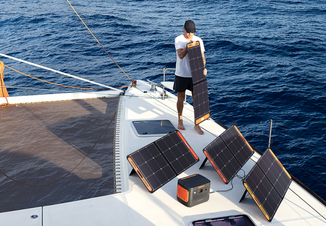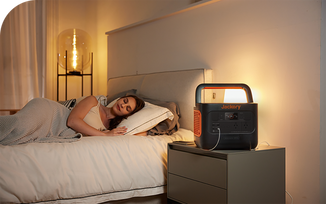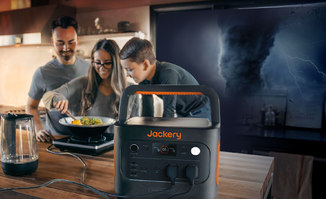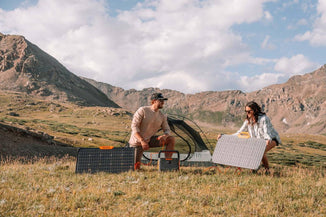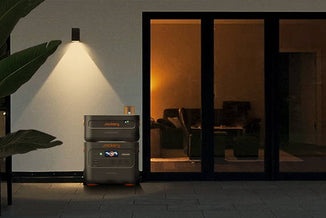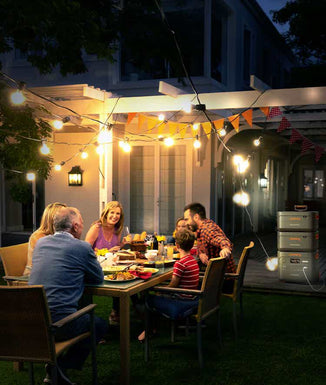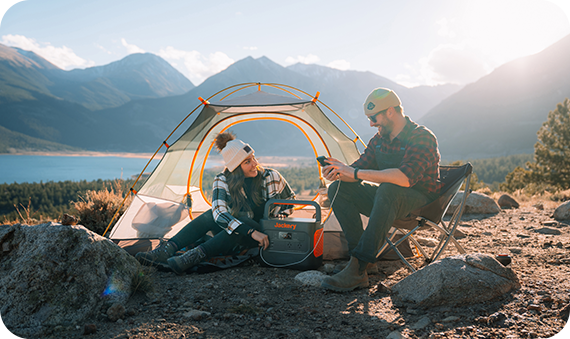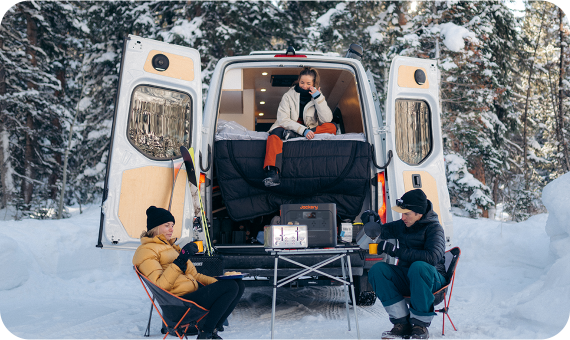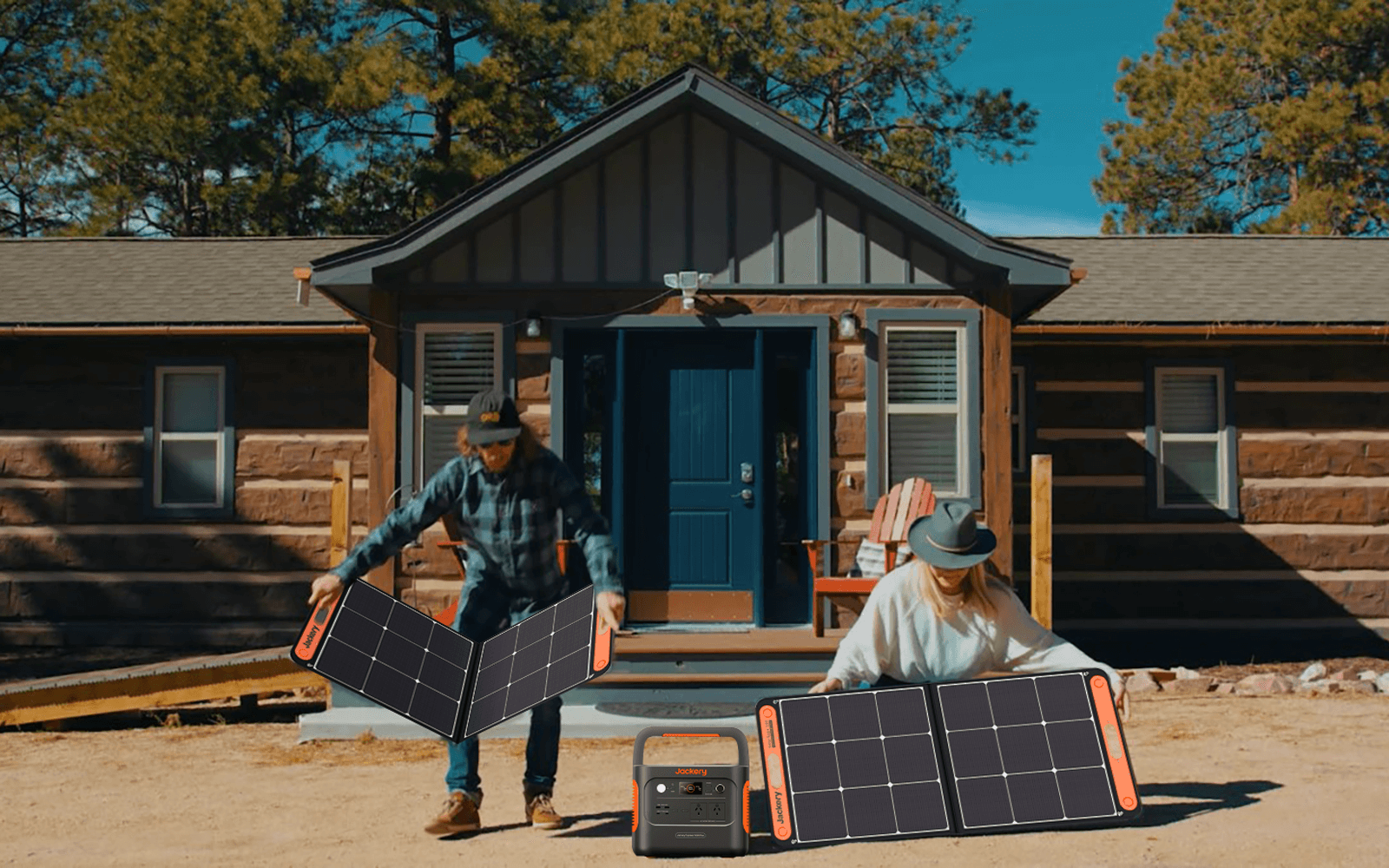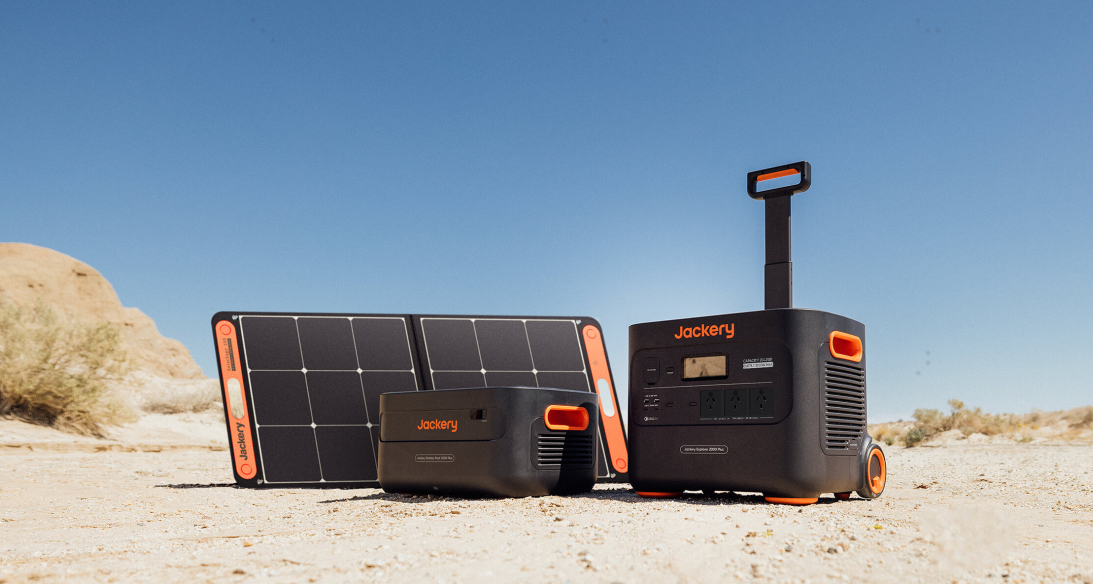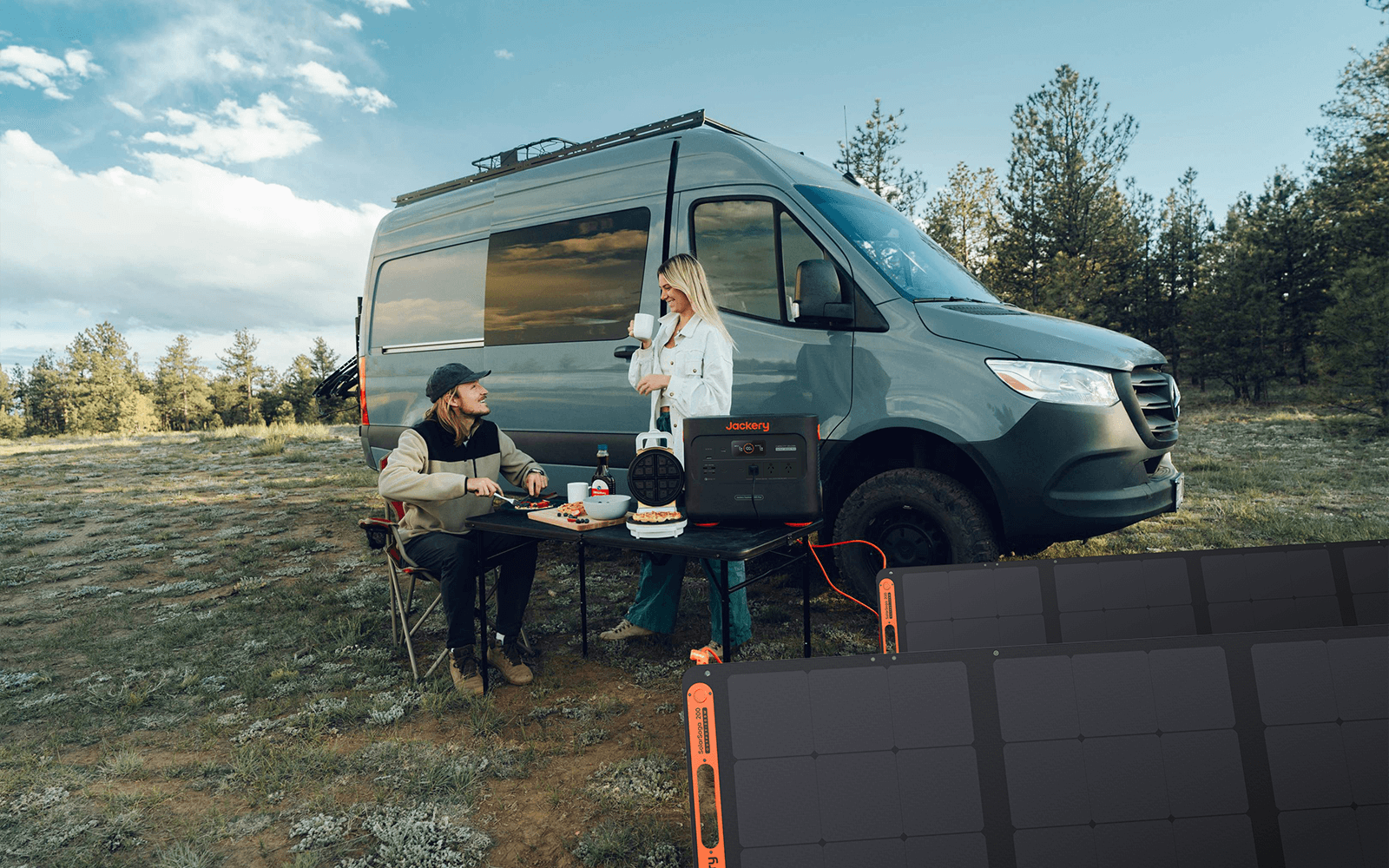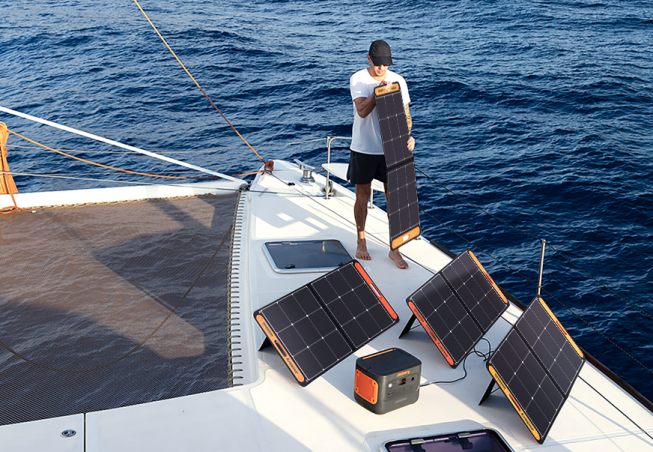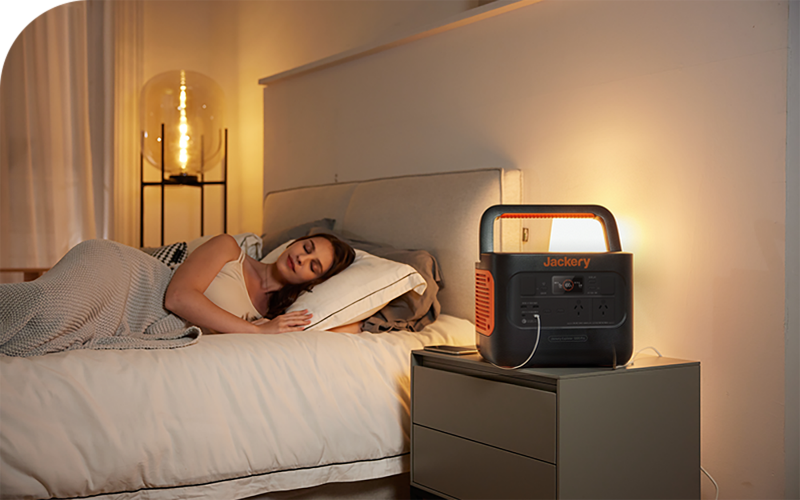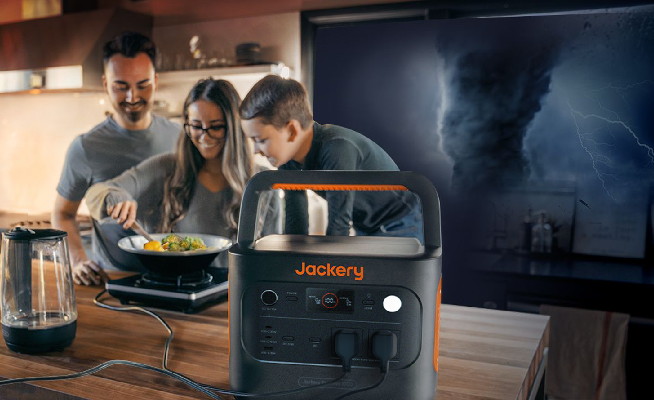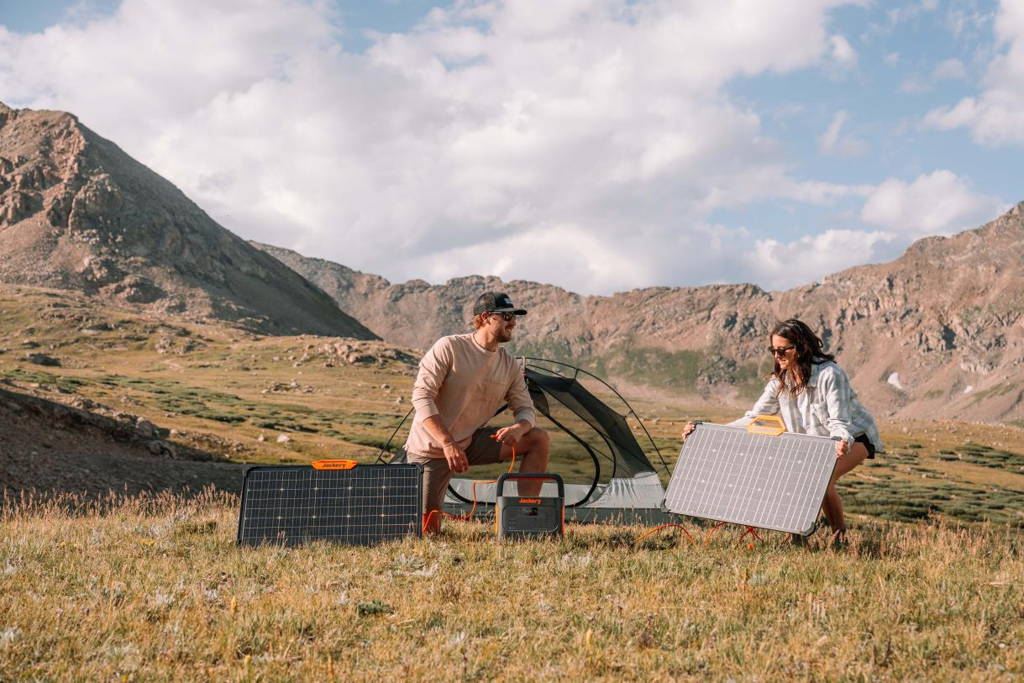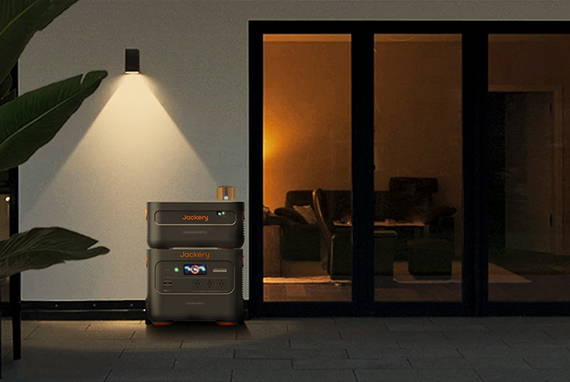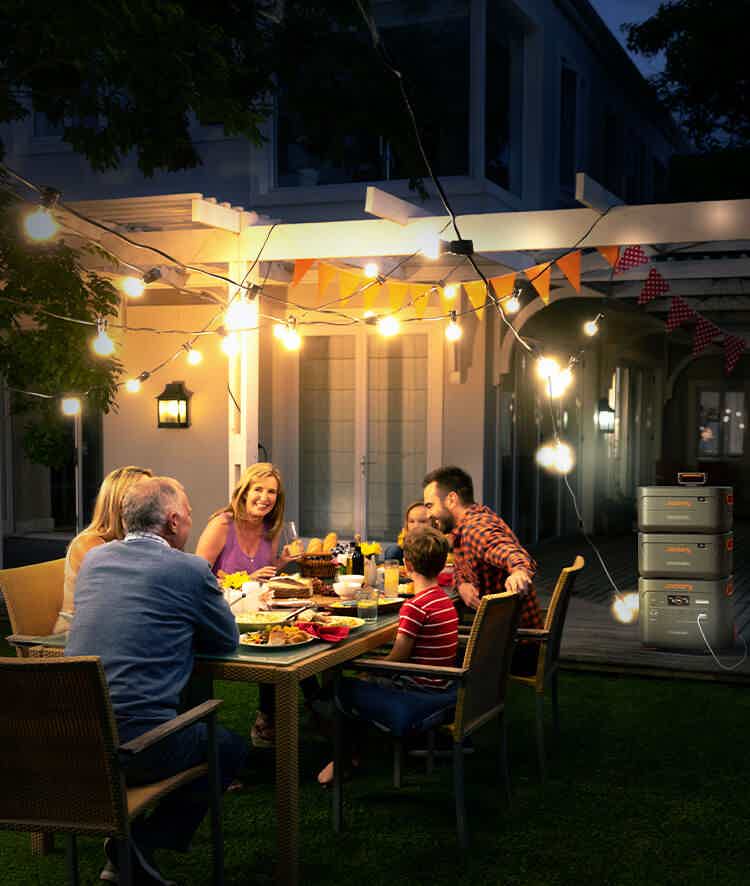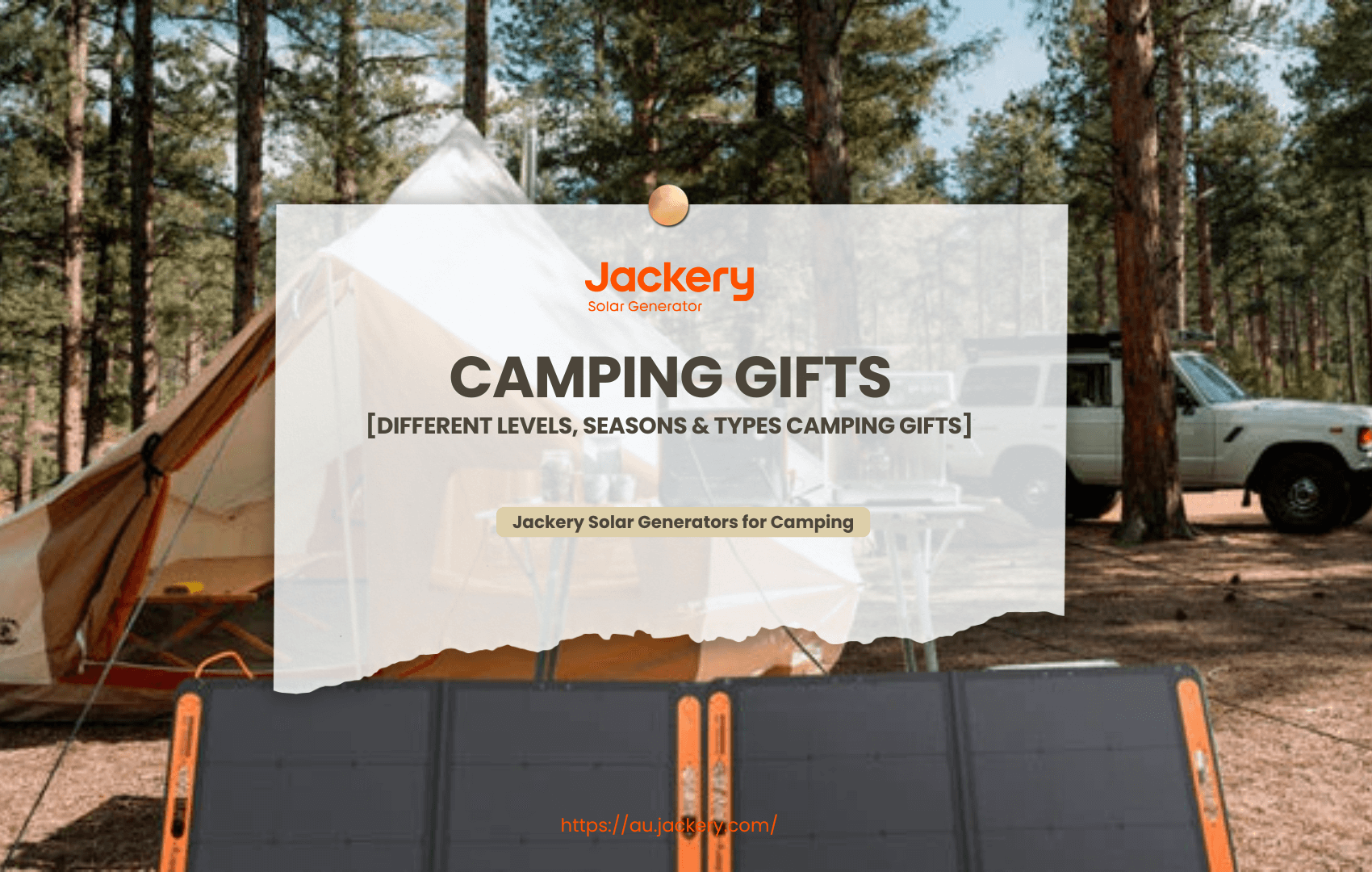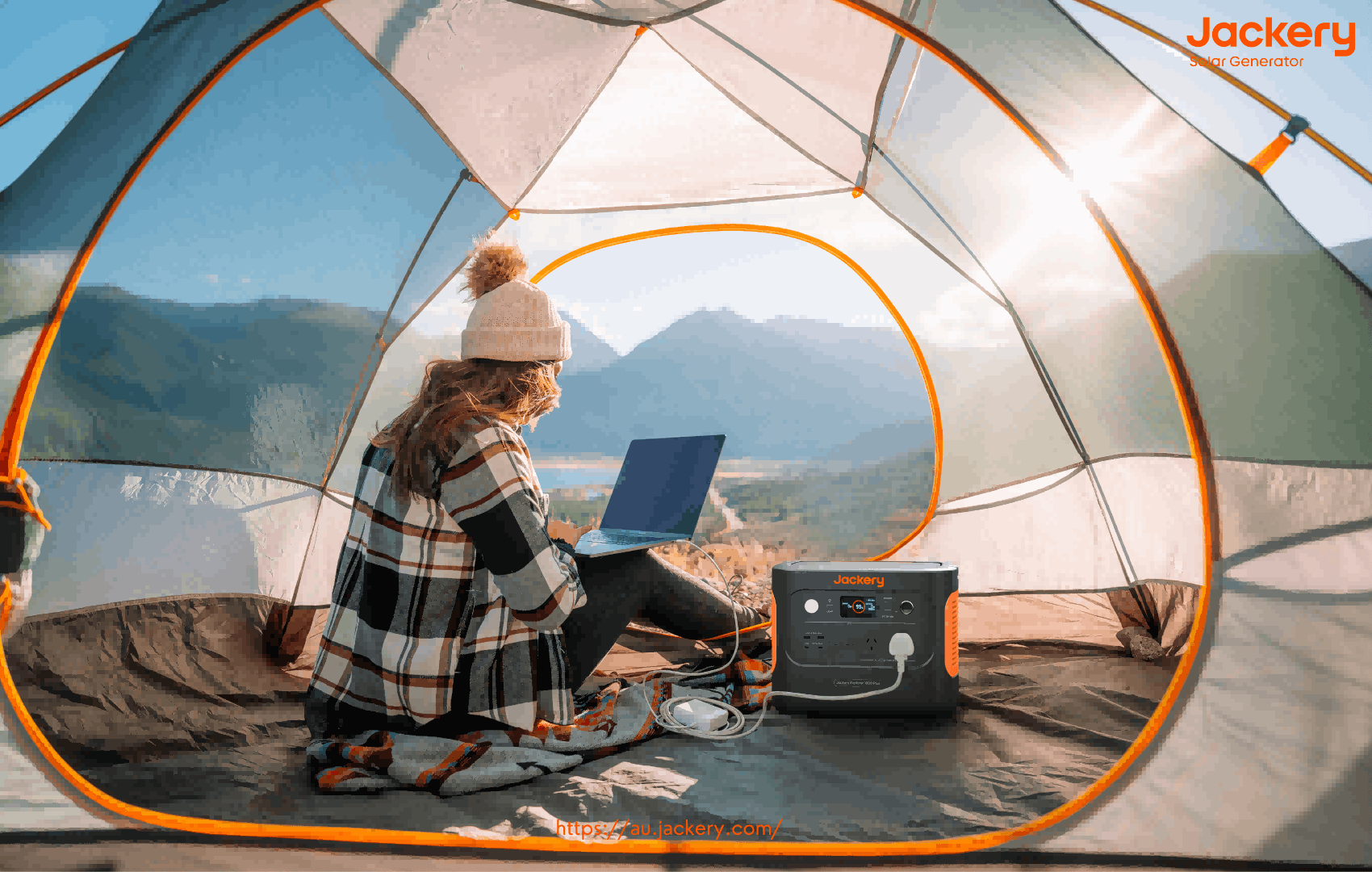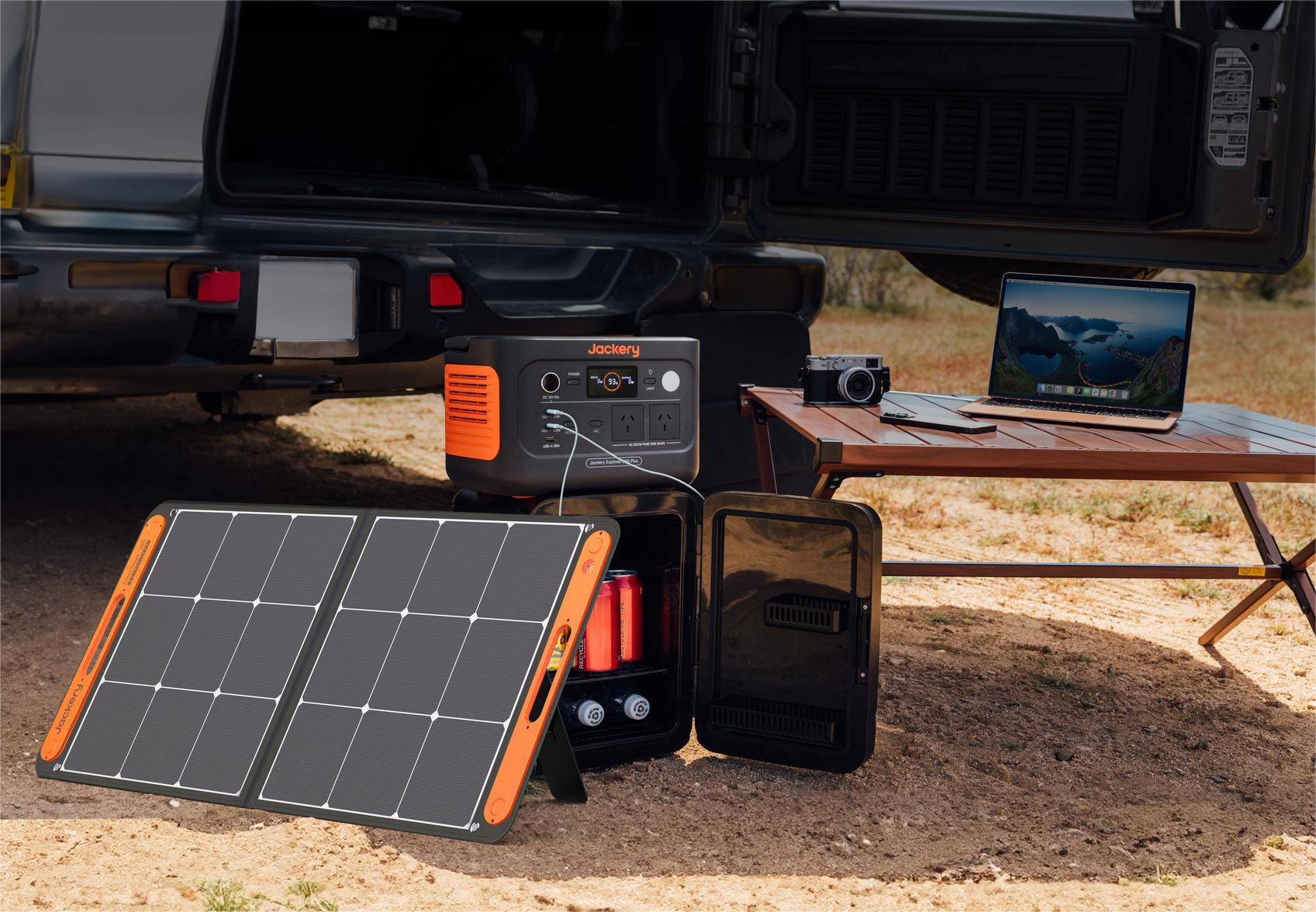|
Key Takeaways: |
|
- Winter camping in Australia provides snowy alpine, misty rainforest, and tranquil beach getaways. - Proper planning and preparation are essential, especially for colder temperatures, shorter daylight hours, and unpredictable weather conditions. - Winter is perfect for seeing seasonal wildlife or snow-covered countryside, avoiding crowds, and taking tranquil vistas. - Jackery 1000 v2 provides a powerful 1002Wh battery ideal for extended winter camping. Investing in the Jackery 1000 v2 enhances winter camping comfort, safety, and independence. |
Winter Camping in Australia
In Australia, camping is typically associated with long, sunny days, pleasant temperatures, and cool swimming pools. However, camping in the winter is a whole different and sometimes as enjoyable aspect of camping in this wonderful country.
The cooler months are great for camping because you can do more without getting too hot, the scenery turns wintry, people become less crowded, and you have more reasons to curl up in a warm sleeping bag and enjoy a hot cup of cocoa by the campfire.
Great camping locations exist in every state and territory when it gets colder. We've compiled a list of Australia's top winter camping locations to encourage you to camp throughout the year.
The Margaret River and Albany region of Western Australia, the breathtaking Alpine region and surf coast of Victoria, the Huon Valley and eastern coast of Tasmania, and the moderate winter climate of the Northern Territory's dry season are some of the most incredible places to go camping during the winter months. South Australia's best winter camping spots, which are located in the centre of one of the most wine-producing regions in the world; Queensland's coastal, rainforest, and wilderness camping opportunities; and New South Wales northern beaches and southern alpine regions are all top destinations for camping throughout the winter months.
How to Prepare For Winter Camping?
Wintertime temperatures can drop below freezing, even to single digits, so you need the correct information, equipment, and clothes to keep dry, warm, and comfortable. It's usually not a significant deal, but it could make you uncomfortable if you don't pack well in the heat.
However, in the winter, if you're not prepared, you risk getting sick, hurt, or having a bad day. Here are some crucial camping guidelines to help you pack your winter with safe, entertaining, and unforgettable experiences:

Check the Weather and Conditions: Before leaving, check weather forecasts and local circumstances to adapt your plans and avoid danger. Winter weather forecasts can be unpredictable without advance investigation, and chilly snaps might ruin your pleasure. Do your research on camping weather, as with other outdoor pursuits. You can check local media or the forecast.
Prepare with all the clothing and equipment you need for a worst-case situation because conditions might change quickly. Keep in mind that weather might alter road conditions, so make sure you can get there and back safely. Check park websites or call park rangers for the latest road and trail conditions. Rangers and other officials might recommend winter campsites.
Find the Right Campsite: Whether hiking or tent camping, the correct campground can be the difference between a pleasant, snug winter vacation and a miserable one. Look for a campground with trees or rocks to shield the wind partially, but be sure the trees are robust and not dead, decaying, or rotting. The same applies to branches. Don't set a tent beneath dangerous-looking limbs that could collapse.
Bring the Right Gear: Ensure you are equipped with dependable gear built to endure external conditions. These items provide the certainty that you will have light regardless of the circumstances.
|
Shelter & Sleeping |
Clothing (Layer) |
Kitchen |
Lighting & Navigation |
Fire & Warmth |
Personal Essentials |
Extras |
|
4-Season or 3-Season Tent |
Thermal Top & Bottoms |
Gas Stove or Portable Stove |
Headlamp |
Firestarter Kit |
First Aid Kit |
Camping Chair & Table |
|
Groundsheet |
Fleece |
Windshield |
Torch |
Campfire Blanket |
Toiletries |
Tarp |
|
Sleeping Bag |
Waterproof Jacket |
Lighter or waterproof matches |
GPS Device |
Kettle |
Personal Hygiene |
Books |
|
Sleeping Mat (Insulated) |
Beanie |
Cookware (Pans, Plates, etc.) |
Map |
Portable Heater |
Sun Protection |
Games |
|
Pillow |
Waterproof Hiking Boots |
Water & Water Bottles |
Walkie Talkie |
Electric Blanket |
Personal Medications |
Portable Power |
Layer Up Your Clothes: Staying warm on cold nights and mornings requires layering. Pack moisture-wicking base layers, warming mid-layers, and a waterproof shell to avoid wind and rain. To enjoy winter outside, stay warm and dry. Make sure you're never too hot and sweaty or too cold, and your core body temperature dips. Dressing in layers to rapidly add or remove clothing is the best way to regulate your temperature.
Bring Emergency Medical Supplies: It's possible for accidents to take place, especially in isolated areas. It is possible to make or break a vacation by ensuring that you have vital medical supplies on hand. Some examples of these goods are bandages, antiseptic wipes, and pain medicines.
Plan Ahead: Make sure you plan your route, inform someone you can trust about your schedule, and establish regular check-in times before you embark on your winter camping expedition. Possessing a satellite communications device and a designated contact who is aware of your whereabouts can facilitate the speed with which rescue attempts are carried out and ensure that assistance is sent to you promptly in the case of an emergency.
Top Winter Camping Spots in Australia
When it comes to winter camping in Australia, there is something for everyone, so have a look at these recommendations for places to camp during the months when the temperature is lower:

A. Kosciuszko National Park, New South Wales
Location: Snowy Mountains region, NSW
Attractions: Mount Kosciuszko (Australia’s highest peak), Thredbo and Perisher ski resorts, alpine hiking trails, snow camping, wild brumbies, and frozen rivers.
During the winter, Kociuszko National Park becomes a winter paradise, ideal for daring campers who don't mind the cold. This is a beautiful winter getaway, whether you're snowshoeing along snow-covered paths or camping by alpine rivers. The snow-capped mountains and clean mountain air can be found here. For additional conveniences, stay near Thredbo; for a truly wilderness experience, venture to more isolated locations like Island Bend.
B. Wilsons Promontory National Park, Victoria
Location: Gippsland, southeastern Victoria
Attractions: Squeaky Beach, Mount Oberon summit walk, Tidal River, native wildlife (wombats, kangaroos, emus), and scenic coastal hikes.
The place known as "The Prom" transforms into a tranquil hideaway during the winter months, where the magnificent skies meet the craggy beaches. It is possible to camp at Tidal River and enjoy the gorgeous bushwalks, hidden beaches, and misty rainforests without the hordes that are present during the summer. When the weather is nice, it is the perfect time to go wombat watching and to have some time for quiet thought amidst the splendour of nature.
C. Flinders Ranges National Park, South Australia
Location: Central SA, about 5 hours north of Adelaide
Attractions: Wilpena Pound, Brachina Gorge, Aboriginal rock art, 4WD tracks, rugged outback scenery, stargazing.
When it comes to experiencing the Flinders Ranges, winter is ideal because the days are warm enough for trekking, and the nights are crisp and clear enough for astronomy. Camp under the shade of old cliffs, discover canyons that have been carved away by time and gain an understanding of the culture of the Adnyamathanha. The weather is cold and dry, which makes going on an expedition outside more comfortable and pleasurable.
D. Cradle Mountain-Lake St Clair National Park, Tasmania
Location: Central Highlands of Tasmania
Attractions: Dove Lake, Overland Track, alpine huts, wildlife (wombats, echidnas), snow-covered peaks and moorlands.
By providing snow-covered trails, frozen lakes, and a peaceful environment, Cradle Mountain can give visitors a truly magical winter experience. You can set up camp close to Dove Lake, or if you have more experience, you can go on more challenging hikes. Because of the cold, Tasmania's most famous alpine park has a serene beauty; nonetheless, visitors should carry warm clothing and be prepared for the weather to change at any moment.
E. Cape Range National Park, Western Australia
Location: Ningaloo Coast, near Exmouth, WA
Attractions: Ningaloo Reef, snorkelling with whale sharks, Yardie Creek Gorge, pristine beaches, coral lagoons.
During the winter, you can enjoy warm, dry days near the Indian Ocean by heading north and escaping the cold. Cape Range provides oceanfront camping close to snorkelling locations that are among the best in the world and have abundant marine life. Swim with whale sharks, explore coastal gorges, and take in the outback-meets-ocean landscape as the rest of the country sleeps.
F. Booderee National Park, Jervis Bay, New South Wales
Location: South Coast of NSW, near Huskisson
Attractions: White-sand beaches, coastal bushwalks, Green Patch campground, Aboriginal cultural sites, whale watching.
Booderee is a great place to go camping in the winter since it has peaceful beaches, crystal-clear waves, and whales migrating through the headlands. Staying at Green Patch, which is family-friendly, will provide easy access to walking trails and native animals. A tranquil winter getaway just a few hours away from Sydney, the park is a result of its combination of ocean views and a rich cultural past.
G. Lamington National Park, Queensland
Location: Gold Coast Hinterland, QLD
Attractions: Rainforest canopy walks, waterfalls, wildlife (bowers, pademelons), glow worm caves, O'Reilly's and Binna Burra campgrounds.
A town nestled in the Gondwana Rainforests, Lamington is known for its cold, misty winter mornings and its abundant vegetation throughout the entire year. Camp in the midst of ancient trees, discover gullies that are covered with ferns, and take pleasure in the warmth of the fire while gazing at the sky. Nature enthusiasts, birdwatchers, and families looking for a lovely mountain atmosphere will find this place the ideal getaway during the winter months.
H. Karijini National Park, Western Australia
Location: Pilbara region, inland WA
Attractions: Hancock and Weano Gorges, Fortescue Falls, swimming holes, red rock formations, wildflowers, and stargazing.
During the winter months, when temperatures are warm and ideal for exploring deep gorges and bathing in natural pools, Karijini's breathtaking scenery is at its most spectacular. In this one of Australia's most remarkable national parks, you may set up camp beneath the stars of the outback and wonder at the ancient geological structures that make it so unique. Just be prepared for cool evenings.

Power Your Winter Camping Trips with Jackery 1000 v2
Colder evenings, less sunshine, and distant camping in Australia require reliable power. Winter campers looking for comfort, safety, and convenience will love the Jackery Explorer 1000 v2. With its 1002Wh capacity and several output connectors to power winter gear like electric blankets, heated pads, LED lights, and portable fridges, you can stay warm, nourished, and comfortable on your vacation.
It's safer and quieter than gasoline generators and can charge using solar power in isolated regions without power. The Jackery 1000 v2 can recharge phones, GPS devices, cameras, and headlamps for extended journeys or family vacations. Its portability and durability are ideal for winter camping in the Snowy Mountains or Flinders Ranges.
How Does Jackery 1000 v2 Help for Winter Camping?
You can use Jackery 1000 v2 to:
Power Heated Gear: Heat vests, electric blankets, and sleeping mats help keep you warm in cold weather. This can significantly improve comfort, especially in alpine or highland areas with subfreezing temperatures. In cold weather, staying warm is vital. Jackery 1000 v2's 1500W AC output (with a 3000W surge) powers these heated gear, keeping you toasty in chilly mountain evenings. Dual AC outlets allow lone campers and families to run numerous heating items simultaneously, keeping them warm.
Charge Electronics: Smartphones, GPS gadgets, torches, cameras, and power banks may be charged simply in low-light and lonely areas. By staying connected, you can keep your safety gear working. In distant, low-light locations, gear keeps you safe and connected. The Jackery Explorer 1000 V2 has USB-A, USB-C, and 12V automobile output for fast electronics charging. Its pure sine wave inverter protects sensitive devices from surges, so harsh conditions never damage them.
Run Portable Fridges: A 12V portable camping refrigerator keeps food and drinks fresh. This is essential for multi-day treks and off-grid camping requiring food storage. Longer treks benefit from fresh food and drinks. Portable camping fridges can run with Jackery 1000 v2 for hours, even overnight. A high-capacity battery keeps perishables cold (or hot), making bush meal planning safer and easier.
Power Lights: When daylight fades earlier in winter, LED lanterns, string lights, or tent lights may keep your campground comfortable and safe. Early winter evenings reduce visibility quickly. The Jackery 1000 v2 may power lights to create a functional and cozy campsite. Its whisper-silent functioning makes it perfect for calm bush areas or national parks with noise limitations.
Run Camping Appliances: Nothing beats a hot meal or drink in cold weather. The Jackery Explorer 1000 v2 has two 230V AC outlets to power camping kitchen appliances like an electric kettle, coffee maker, toaster, or portable induction cooktop. Thanks to its fast charging time via AC, car, or solar panels, you can prepare warm meals reliably without worrying about running low on energy.
Emergency Backup Power: When travelling far from the grid, the Jackery can supply backup power in case of a storm or car battery issue. Remote camping generally lacks emergency services and backups. Jackery 1000 v2 can charge automobile batteries (12V), run a two-way radio, and power satellite phones in an emergency. Even in harsh situations, built-in Battery Management System (BMS) protections—overheat, overcurrent, and short-circuit—provide peace of mind.
|
Winter Camping Appliances |
Running Time |
|
Electric Blanket (150W) |
5.3H |
|
Portable Heater (500W) |
1.7H |
|
Smartphone (29W) |
19.9H |
|
Camera (8W) |
38.1H |
|
GPS Device (60W) |
11.7H |
|
Portable Fridge (300W) |
2.8H |
|
Camping Lights (30W) |
19.5H |
|
Kettle (800W) |
1.1H |
|
Coffee Maker (550W) |
1.6H |
|
Toaster (300W) |
2.8H |
(*The working hours are only for reference; the actual working hours depend on your usage.)
What Features of Jackery 1000 v2 Are Best for Winter Camping?
With a remarkable 1500W pure sine wave AC output and a battery capacity of 1070Wh, you can control your energy requirements and power 90% of your appliances.
This compact power station keeps your necessities running for hours, including electric grills (1000W) and portable refrigerators (800W), as well as CPAP machines (50W) and projectors (300W). You can prepare meals at your winter campground or keep medical equipment operational in an emergency.

- Portability: The Jackery Explorer 1000 v2 Portable Power Station was created for portable energy solutions. It is lighter and more portable than conventional products, weighs about 10.8 kg, and includes a small foldable handle. In addition, it is 10% lighter and 20% smaller than traditional products.
- Durability: The LiFePO4 battery chemistry makes the Jackery Explorer 1000 v2 incredibly durable. It retains 70% of its capacity while offering more than 4,000 charge cycles. This powerhouse battery is made to last for ten years of heavy use, unlike traditional lithium-ion batteries that degrade easily. It is an environmentally friendly investment ideal for frequent adventurers or disaster preparedness.
- Quiet Operation: Operate with only pure energy and no distracting noise at a library-quiet volume of less than 22 dB. Compared to gas generators, the Jackery Explorer 1000 v2 emits no pollutants, making it healthier for both the environment and you. It is ideal for tranquil outdoor winter camping in Australia.
- Various Charging Methods: You should never rely on a single source of electricity. Within just 1.7 hours, this solar generator may be completely recharged by placing it in an AC wall charging station. You are able to accomplish this in a speedy one hour with the Jackery App's optional emergency boost, which is ideal for situations that arise at the last minute. Using two SolarSaga 100W panels, which can be fully recharged in 7.5 hours, you may use the sun's energy. For this reason, it is an excellent choice for off-grid camping and travel that is favourable to the environment.
- Uninterruptible Power Supply (UPS): The Uninterrupted Power Supply (UPS) of the Jackery Explorer 1000 v2 deploys within twenty milliseconds of the grid failing, protecting against the loss of data and the destruction of appliances. As a result, WiFi routers, security systems, and medical gadgets are able to continue operating normally even when the power is out. This is not only a portable power station; instead, it is an indispensable resource for meeting specific fundamental requirements.
- Reliability: The Jackery 1000 v2 Portable Power Station offers unmatched safety. It has multiple charge modes, including silent charging, emergency supercharging, and rapid charging, thanks to upgraded ChargeShield 2.0 technology. Its 62 protective mechanisms, 12 BMS protection types, and four physical security types offer complete safety and peace of mind.
Tips for Winter Camping
In Australia, camping in the winter can be a fantastic experience because cooler temperatures mean fewer bugs, less crowded campgrounds, and crisp, starry nights. However, you must be ready because temperatures can drop significantly, especially in the mountains or inland areas. Here are some tips to keep you warm, safe, and comfortable:

Choose Your Destination and Campsite Wisely
Australian winters vary widely. The temperate Queensland and northern New South Wales coasts are ideal for beginners. The Blue Mountains, Snowy Mountains, and Grampians have higher altitudes, so expect chilly temperatures and snow. Plan for decreased daylight hours and check weather predictions and park alerts. The appropriate campground may make or break your winter camping trip. Find a place with adequate sunlight and wind protection. Avoid low-lying regions that gather chilly air and waterfront areas that may freeze overnight.
Stay Hydrated
The dry air and physical strain of camping can cause fluid loss, even if dehydration might not seem like a significant issue in milder temperatures. Remember to stay hydrated throughout the day, even if you don't feel thirsty. Warm beverages like herbal tea or broth are also recommended to help maintain body temperature and hydration levels.
Keep Warm for Night
Staying warm after sunset is vital for a good night's sleep. Buy a good cold-weather sleeping bag and a thermal mat to protect you from the ground—the cold bites at night. A sleeping bag with a comfort rating of at least 5C lower is ideal for cooler temperatures. For added warmth, use a thermal lining and an insulated sleeping mat. Putting a hot water bottle in your backpack before bed keeps your feet warm.
Stay Dry
An enjoyable vacation might become a frigid nightmare due to wet clothing and equipment. Before bed, always change out of sweaty or damp clothes, and keep wet coats and shoes somewhere dry, preferably in your vestibule or beneath a tarp. To prevent condensation inside, place your tent on a well-drained piece of ground and make sure it has enough ventilation.
Set Up Before Dark
The sun sets early in winter, and the temperature drops rapidly afterwards. You will have ample daylight to set up your tent, cook, and, if permitted, gather firewood if you arrive at your campground early. Another benefit of organising in the light is avoiding needless tension and stumbling in the dark with icy fingers.
Stay Entertained
Without the distractions of contemporary electronics, long winter nights in the outback might seem even longer. During downtime, keep yourself occupied by bringing along a musical instrument, a book, or a deck of cards. To get the most out of your time outside, tell stories or stargaze by the campfire.
Prepare Warm Food
A substantial, hot supper can provide much-needed comfort during chilly winter evenings. Prepare in advance by bringing along ingredients for filling soups, stews, or chilli that are simple to make over a fire or camp stove. For dependable cooking in inclement weather, get a sturdy camping stove and think about packing insulated containers to keep food hot while travelling.
Warm Up Before Bed
If you jump into your sleeping bag cold, you'll remain cold. Instead, do light exercises to increase your core temperature before bed, such as a few jumping jacks or a short walk. Get into your sleeping bag to keep it that way when you're toasty. Just be careful not to perspire too much because moisture will quickly make you feel cold.
Morning Frost Tips
Everything - especially your tent fly and any equipment left outside - should be a little wet or icy in the morning. Before packing up, shake off any extra dampness and let the sun help dry everything. Putting on icy shoes is not enjoyable, so keep your boots inside the tent or in a zippered bag to prevent them from freezing overnight.
Campfires (Where Permitted)
Fires are a great way to remain warm and take in the camping atmosphere if permitted. Since gathering firewood from the bush is frequently forbidden and detrimental to the environment, always bring your own or purchase it locally. Make sure a fire is completely extinguished before going to bed or leaving the campsite, and never leave one unattended.
Safety First
Be ready for the special risks that come with camping in cold weather. Notify someone of your plans, and bring a dependable light source with extra batteries and a well-filled first aid bag. Consider using a satellite device or personal location beacon (PLB) if you're travelling to a region where mobile reception might be spotty or nonexistent.
Winter Camping with Jackery FAQs
The following are the frequently asked questions about winter camping in Australia:
1. Where is the best place to camp in the winter?
The experience you're looking for will determine where to camp in Australia during the winter. Cape Range National Park (WA) offers sunny days and Ningaloo Reef experiences for warmth and beachfront enjoyment. Kosciuszko National Park (NSW) is a great place to go skiing and snow camping if you like the snow and the alpine landscape.
Wilsons Promontory (VIC) and Lamington National Park (QLD) provide cool, foggy pathways away from the masses for tranquil forest getaways. The Flinders Ranges (SA) offers untamed beauty and ideal stargazing conditions for those who enjoy the wilderness. Whether you're looking for peace, snow, or sun, each location has its own unique winter charm.
2. Where to camp in NSW in winter?
Winter camping in NSW is ideal for both seaside getaways and mountain activities. With snow camping, skiing, and breathtaking alpine scenery, Kosciuszko National Park is a popular destination for snow lovers.
For milder weather, visit Booderee National Park (Jervis Bay) for serene beaches and migratory whales, or Mungo Brush in Myall Lakes National Park for lakeside tranquillity. Barrington Tops offers cool mountain air, misty pathways, and peaceful campsites if you're looking for rainforest escapes. NSW offers the ideal winter camping location, regardless of your preference for snow, sea, or forest.
3. What month is best for camping in Australia?
Regarding camping holidays in the Australian outback, the months of September through early December and late March through early June are considered the most favourable periods to visit.
4. What is the difference between Jackery 1000 v2 and 1000 Plus?
The Jackery Explorer 1000 v2 comes equipped with a remarkable LiFePO4 battery that has a capacity of 1070Wh and an output power of 1500W. On the other hand, the Jackery Explorer 1000 Plus is equipped with a LiFePO4 battery that can increase from 1.25 kWh to 5 kWh by using three Jackery Battery Pack 1000 Plus sets.
5. What can a Jackery 1000 v2 power?
It is possible to power various appliances with the Solar Generator 1000 v2, which has a surge peak of 3000W and an AC output of 1500W. These appliances include electric pots, refrigerators, and air conditioners.
Final Thoughts
The Jackery Explorer 1000 v2 is more than a power station; it's a dependable companion for winter camping in Australia. The capacity to power vital equipment such as heated blankets, lights, and cooking utensils adds a new level of comfort and safety to cold-weather expeditions.
Its mobility, solar charging capabilities, and silent operation make it suitable for harsh off-grid treks and family vacations. Whether you're camping in the icy mountains or the cool coastal woodlands, the Jackery 1000 v2 keeps you connected, comfortable, and prepared for the adventure ahead.

